Richmond/Wayne County, Indiana, has unveiled a brand-new Black History Trail.
Disclosure: Thank you to Visit Richmond/Wayne County, Indiana, for hosting us on our visit.
Richmond has a rich history with the Black community. Several Underground Railroad routes converged in Richmond, where there were several Underground Railroad “stations.” Later, in the early 20th century, big-name jazz musicians, including many well-known Black musicians, recorded music at the non-discriminatory Gennett Records recording studio. Before Blacks were allowed to play in the baseball major leagues, Richmond hosted traveling Negro League teams. To share the contributions by the Black community to the area, the Richmond/Wayne County, Indiana Convention and Visitors Bureau created a Black History Trail.
The Black History Trail is made up of 17 stops. Some stops are interpretive signs at locations where significant historical events took place. Others are attractions open for tours. We were treated to a sneak preview of the trail during our recent Richmond/Wayne County visit. Here are some of the highlights:
Levi and Catharine Coffin House and Interpretive Center
Shortly after moving from North Carolina to Indiana, Levi and Catharine Coffin began aiding freedom seekers. They built their house in Newport (today called Fountain City) with this in mind. One room had five exits, so if someone knocked at the door, freedom seekers could escape in multiple directions. There is also a hidden closet in an upstairs bedroom.
The Levi and Catherine Coffin House is open for tours. Begin next door at the interpretive center and watch the orientation video. Browse exhibits that tell the story of the Underground Railroad before touring the home.
William Bush Gravesite
Down the road from the Levi and Catharine Coffin House in Fountain City is the William Bush gravesite. William Bush was a runaway slave who, as legend tells it, had himself shipped to Levi Coffin in a wooden box. While most runaway slaves continued on to Canada, William Bush stayed in Indiana to assist Levi Coffin in helping other freedom seekers.
Gennett Records Walk of Fame
The Gennett Records Walk of Fame pays tribute to the former recording studio, which existed in Richmond from the late 1800s to the Great Depression. When other recording companies wouldn’t allow Black artists to record in their studios, Gennett Records welcomed them. Music giants like Louis Armstrong and Duke Ellington recorded at Gennett.
The walk of fame is incorporated into a walking trail in the Whitewater Valley gorge, where both the recording studio and the Starr Piano Company were located. Since our last visit, the walk of fame has been updated, raising the individual medallions, whereas before they were embedded into the pavement.
Wayne County Historical Museum
The Wayne County Historical Museum is larger than any county history museum we’ve visited. It includes everything from a real Conestoga wagon to Richmond-built automobiles to a 3000-year-old mummy. What does this have to do with Black history? When we visited in May, the signature program focused on the Gennett Records history. However, in June 2023 the signature program is changing over to Our Legacy: 1800 and Beyond.
The new program will tell stories of everyday Black Wayne County residents who impacted the city; for instance, a Black doctor who started a low-income housing section in Richmond. It will also highlight the baseball Negro League and other larger-scale Black influences on Richmond. The signature program will run for one year.
Negro Baseball Interpretive Sign
From 1907 to as late as 1960, Richmond hosted traveling Negro League baseball teams. Players such as Satchel Paige and Oscar Charleston played at Exhibition Park and McBride Stadium. An interpretive sign stands across the street from where Exhibition Park, a 2500-seat stadium, once stood. Unfortunately, the park is no longer there; it is now a vacant wooded property.
Bishop William Paul Quinn Historical Marker and Bethel AME Church
The Bethel AME (African Methodist Episcopal) Church is the oldest continuously operating Black church in Indiana. The building, built by the German Methodist church, dates back to 1854. In 1858 it became a Quaker Friends church, and was given to the AME church in 1868.
While we were standing outside reading the informational sign for the church, a congregation member invited us inside, where she introduced us to Pastor Michael Jefferson. What a wonderful conversation we had with Pastor Jefferson. He filled us in on more of the church’s history and its cathedral status. He also told us about Bishop William Paul Quinn. Bishop Quinn served as the AME church’s fourth bishop, from 1844 to 1873 and founded forty congregations throughout the United States. His home stands directly across the street from the church.
Longtown – Clemens Farmstead
Longtown was the earliest settlement of free blacks in Indiana. Other unaccepted groups also lived here, including Native Americans and Irish immigrants.
The settlement was in Randolph County, Indiana, and Darke County, Ohio. The reason the settlement occupied both states was for safety purposes. If laws regarding Blacks changed in one state, the residents could move over to the other state but remain in the community.
Most of the people who lived in Longtown were farmers, including James Clemens. James Clemens was a freed slave from Virginia. He became a prosperous farmer and built a brick home, which was used as an Underground Railroad site. The Clemens home is in process of being restored.
Also in the area are the small Bethel Long Wesleyan Church, three cemeteries where many of the Longtown residents are interred, and the remains of the Union Literary Institute, a school of higher education that was open to everyone.
Additional Stops on the Black History Trail
Other stops on the Richmond/Wayne County Black History Trail include murals, additional Underground Railroad stations, and a Black-owned barbecue restaurant.
How the Richmond/Wayne County Black History Trail Works
The Black History Trail is best to navigate when you follow the digital version. However, you can also pick up a hard-copy brochure from the Old National Road Welcome Center.
Here’s how the digital version works:
- Download the Digital Black History Pass onto your smart phone from:
http://visitrichmond.org/visitors/things-to-do/black-history-trail - Once in, you can filter the stops by name or “near me.” I suggest you do “near me.” You can then choose the map and ask for directions, which will take you to Google Maps for navigation.
- When you arrive at each site, click “Check In” on the corresponding History Pass stop.
- Read the description of the stop.
- Each time you check into a site, you are awarded points, which you can redeem for swag at the Old National Road Welcome Center.
How Much Time to Allow
I suggest you plan at least two full days to complete the entire trail. Of course, you can always do bits and pieces of it. The trail is spread across Wayne County, into Randolph County and across the state line into Ohio. Although many of the stops are murals or informational signs only, the Levi and Catharine Coffin House, Wayne County Historical Museum, and Gennett Records Walk of Fame will all take some time to visit.
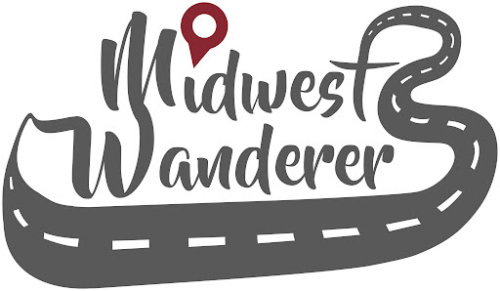
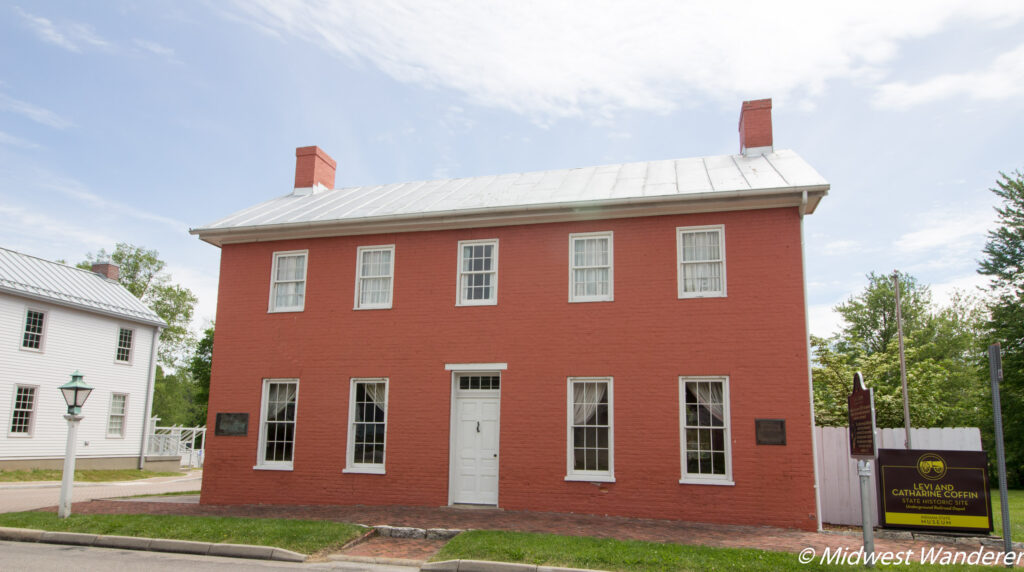
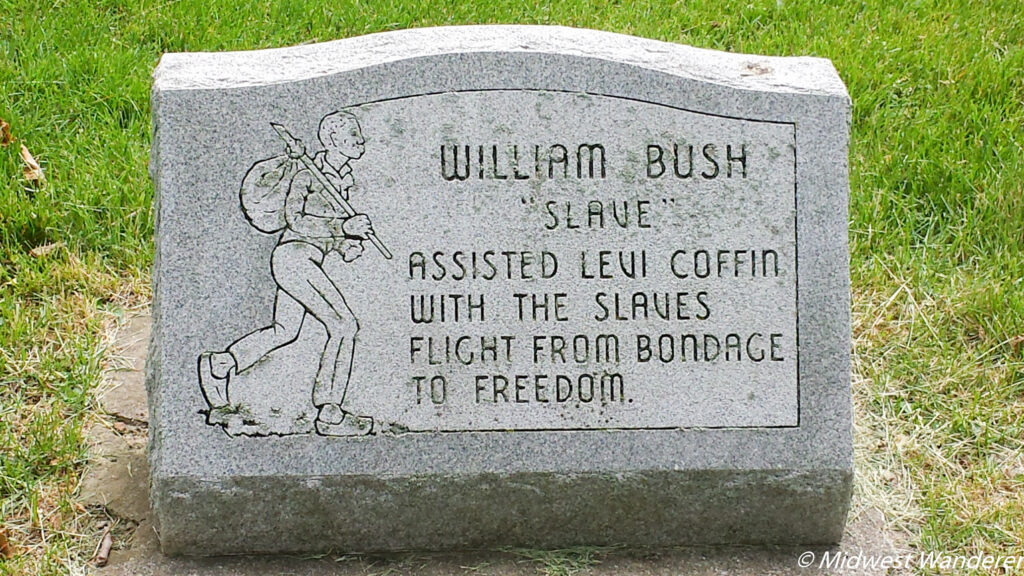
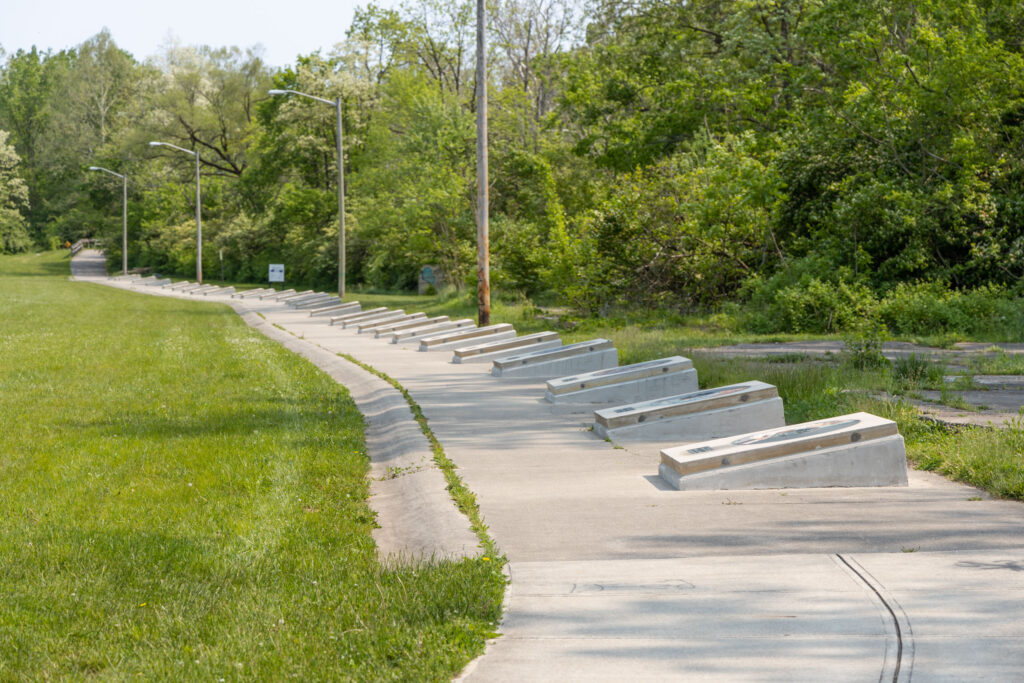
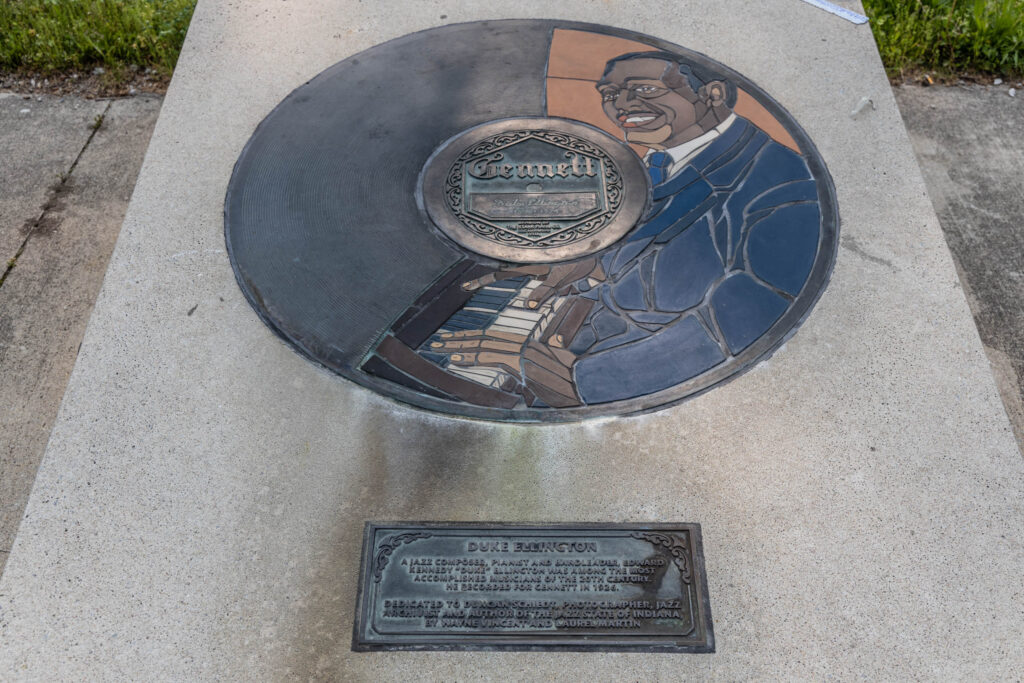
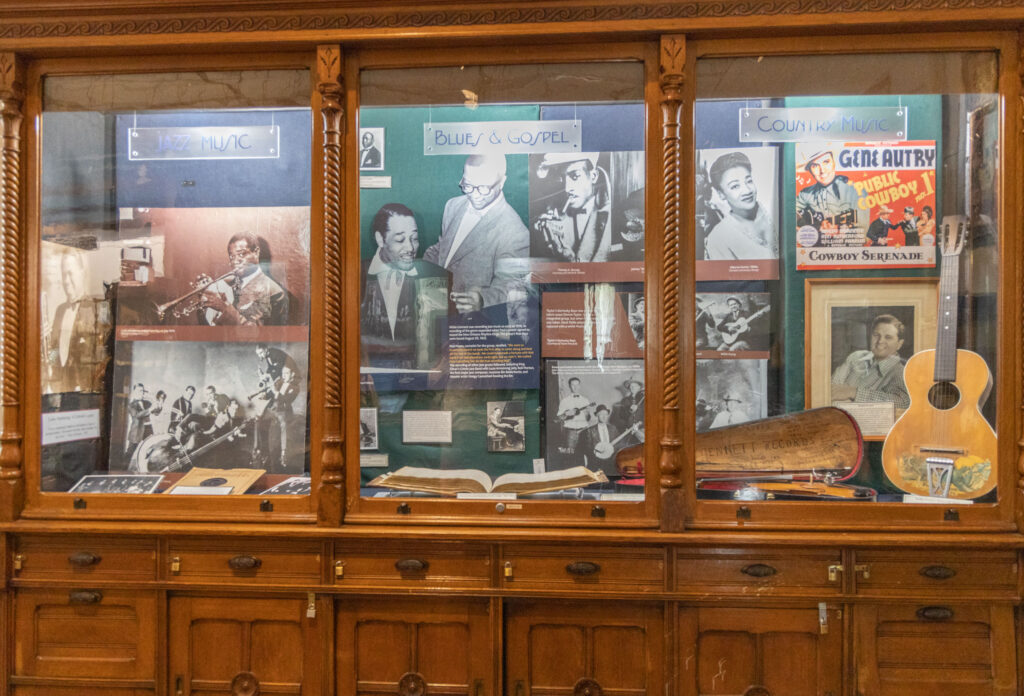
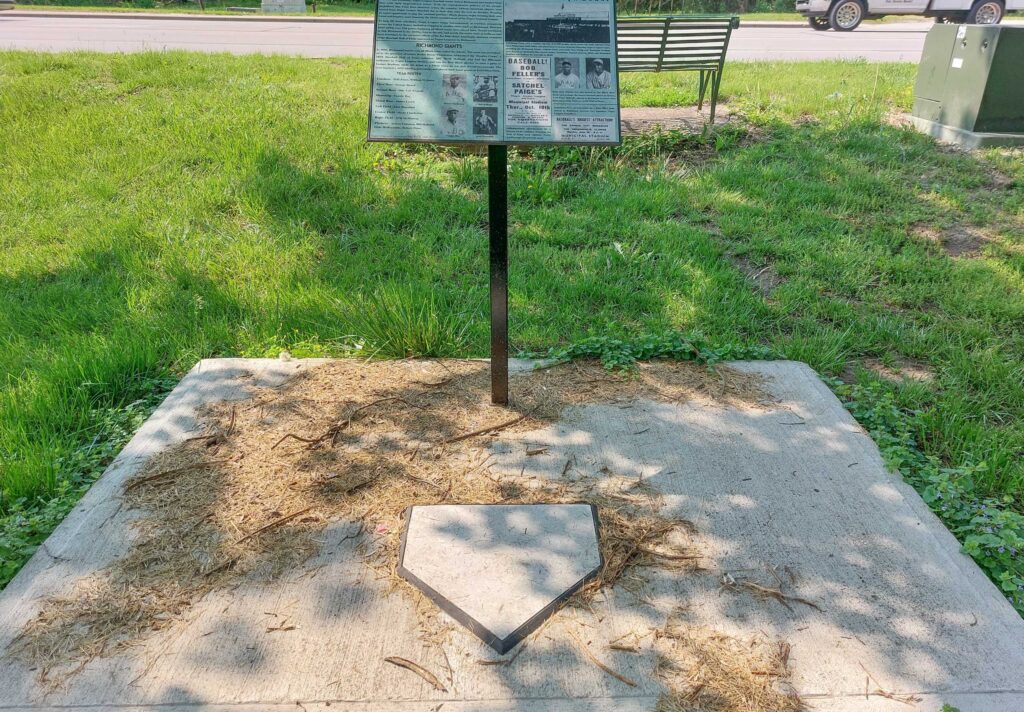
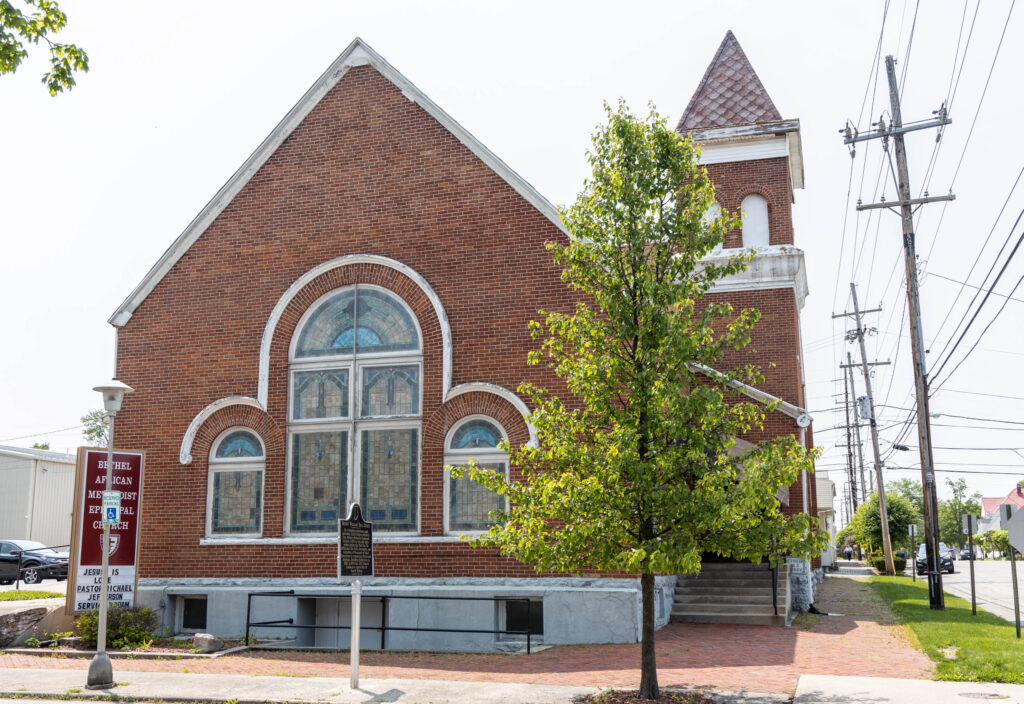
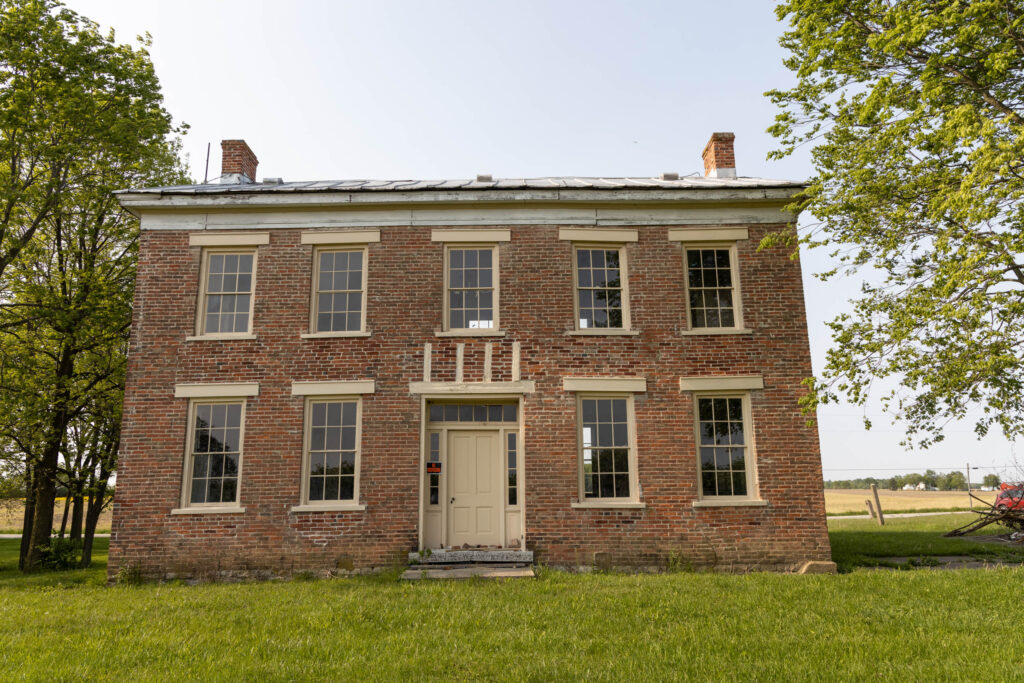
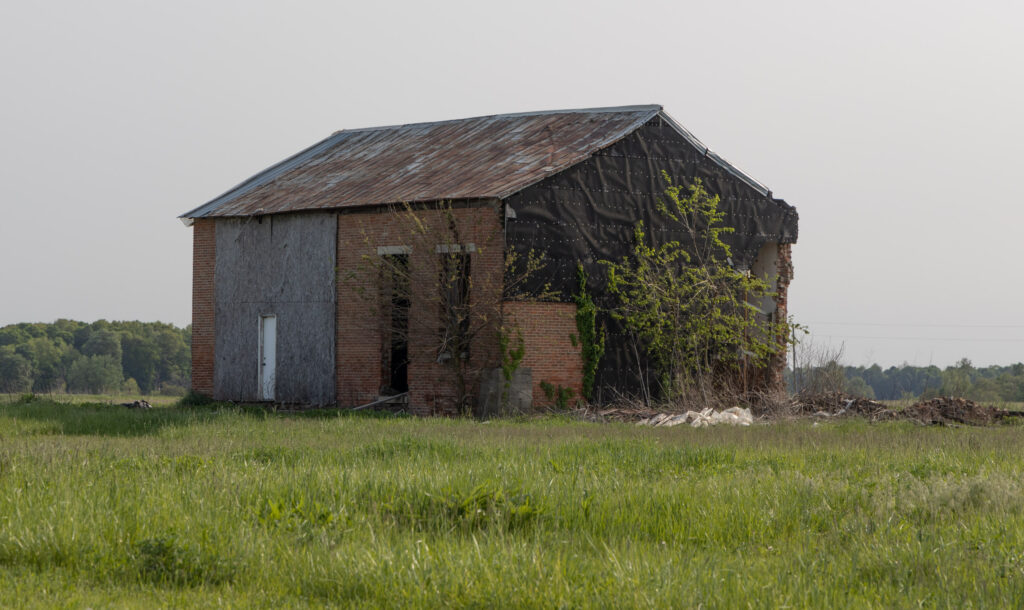
So happy to read about this Wayne County Black History Trail. In future, perhaps the W.C. Historical Museum will add information about Marlene Lindsey’s Wayne County Indiana Black Legacy Project. That brand new collection, a first, should be an awesome addition to Black History right here in Wayne Conty❣️